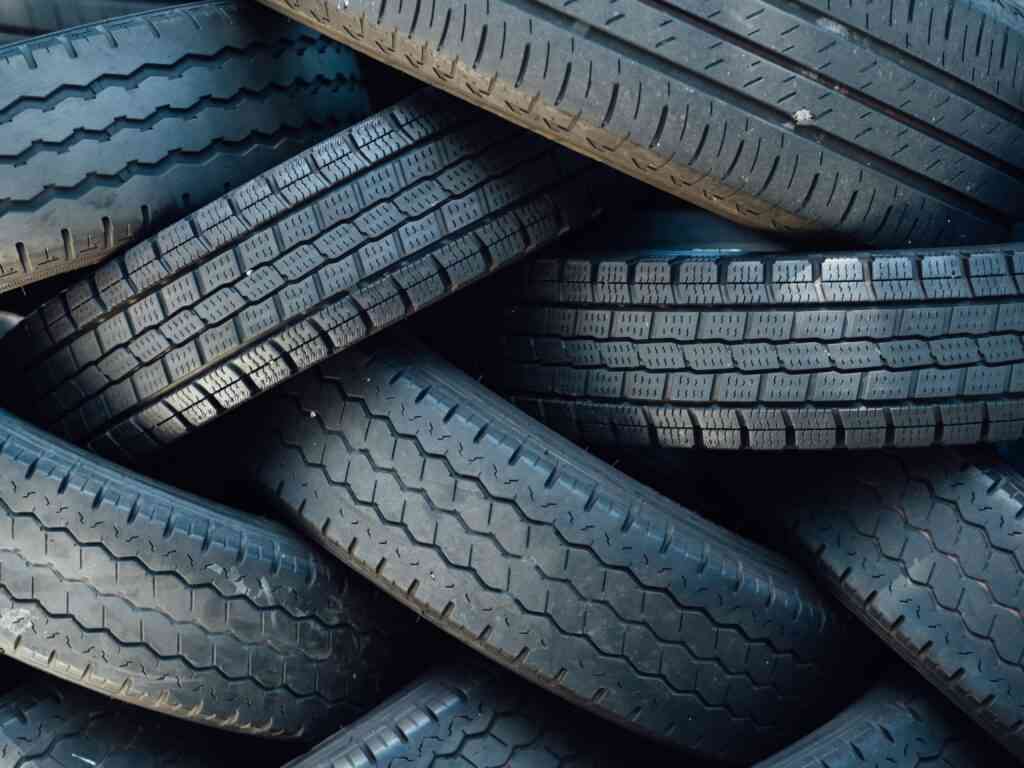Tyre Care for Passenger Vehicles vs SUVs

Different sorts of vehicle require different approaches to tyre care. If you’ve bought an SUV, then you might be wondering what practical differences there are when it comes to maximising performance and lifespan. Let’s take a look.
Tread Depth
The most important component of any tyre, from a care and maintenance point of view, is the tread depth. You can think of the treads as a kind of liquid distribution system. When the tyre passes over an area of wet road, it’ll give the water somewhere to go, and thus prevent the entire thing from wheel-spinning. The deeper the tread, the more water it can deal with in a given timeframe.
Of course, as a vehicle is driven on the road, the tyres will progressively wear down, and thus the tread depth will decrease. When it reaches a certain point, the vehicle will become unsafe (and illegal) to drive. In the UK, the minimum tread depth is 1.6mm, or the width of the outer ring of a twenty-pence piece.
Inflation Pressure
Since SUV tyres are larger, they tend to be able to withstand higher inflation pressures. This is especially important when the SUV is being driven off-road, as it’ll need to be able to hold its shape in order to retain a grip on a squishy surface, like a mud-field. Consult your vehicle’s manual for appropriate tyre pressures.
Tools you’ll need
You’ll need the right tools to fit a replacement tyre without making a mess of the bolts you’re removing. Impact wrenches and drivers from SGS will help you to do the job. You might also want to take a mobile pressure gauge with you on the road, particularly if you’re going to be driving in places where there aren’t a lot of facilities.
What are the Differences between Passenger and SUV tyres?
Tyres which are expected to carry more weight are designed to be heftier and more robust. Lightweight vehicles, like racing cars, can be made with super-slick tyres that actually spread to maximise the contact with the road surface. If you’ve watched F1, you might have seen drivers weave back and forth while the yellow flag is out – this allows the tyres to maintain their temperature, and thus their elasticity, and thus their grip.
SUV tyres typically come with thicker casings, and the rubber compound needs to be made harder. The thickness is at its greatest in the sidewalls (the vertical sections of tyre which connect the wheel to the outer ring. Thicker sidewalls tend to make the ride bumpier, but being as there’s more weight compressing the rubber, this effect is negated.
SUV tyres are built to tackle off-road surfaces. They come with more grooves, and those grooves tend to move laterally across the tyre as well as in straight lines around the rim. This allows it to dig into soft terrain more effectively, but it does reduce the contact between the tyre and a hard surface, like a road. As such, you’ll get less grip when travelling at high speed. Another related effect concerns heat distribution – when more weight is focused onto a smaller area of rubber, the heat build-up with be that much greater. Consequently, SUV tyres aren’t a great match for high speed.
Read more on
Advertise your Car Show on My Car Heaven.
Get in touch and we can make that happen for you.
Find Out More Advertisement
Advertisement Advertisement
Advertisement

